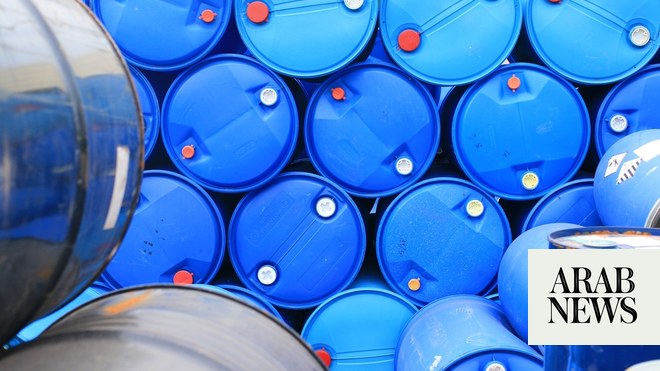
Each autumn, the Department for Business, Energy and Industrial Strategy (BEIS) and the energy regulator Ofgem present a statutory security of supply report to parliament. Last December, the department concluded that the “gas system has delivered securely to date and is expected to continue to function well”. As has become BEIS’s mantra, the report noted that the UK benefits from “a diverse range of supply sources and sufficient delivery capacity to more than meet demand”, which is right when it comes to physical security of supply. Around half the gas we consume comes from the North Sea and we get the rest directly via pipeline from Norway – via two interconnectors from continental Europe – and as liquefied natural gas (LNG) from the global market.
It is the case that the UK has enough pipes and terminals to deliver all the gas that we may need and more. However, the National Grid’s recent gas winter outlook 2021-22 makes clear the cause of the current crisis, explaining that: “the underlying market arrangements in the UK are predicated on the basis that the market will provide and that the market will balance itself”. This speaks to “price security”, the price UK consumers need to pay in order to attract sufficient gas to meet national demand.
The UK, along with the rest of Europe, now finds itself at the convergence of two simultaneous supply challenges. First, difficulty in filling winter storage due to a fall in the delivery of pipeline gas into Europe, principally from Russia; and second, a shortage of cargoes of liquified natural gas (LNG) on the global market as buyers in Asia and Latin America have outbid Europe. Over the summer, lower-than-normal wind power generation, together with high carbon prices that deterred coal-fired power, resulted in higher gas demand, compounding the situation. The net result of all this has been a tight global gas market and eye-wateringly high prices across Europe, with limited prospect of relief.
So why is the UK so exposed to global gas price spikes? The answer lies in the way that we buy our gas.
Domestic production from the North Sea peaked in 2000. By 2004 the UK was a net importer. In the past, surging production from the North Sea would meet winter heating demand. This is no longer possible: recognising the changing situation, industry invested in building significant capacity to import LNG, but storage remained limited, the economics no longer stacked up, and we have increasingly relied on our links with Europe. Although we have left the EU, we are still part of the north-west European gas market and the price we pay is determined by wider market conditions. EU energy diplomacy and relations between Brussels and Moscow hold us hostage now too.
In 2017, Centrica Storage announced the closure of the Rough storage facility, a depleted gasfield in the North Sea. At the time there were warnings this would lead to greater price volatility. The government consulted but decided against intervening in order to maintain storage ability, and the UK lost 70% of its already limited capacity. This has left the UK going into this winter with little or no storage compared to many of its European neighbours, reinforcing its “just-in-time” approach to gas security. Many gas-importing nations are more reliant on long-term contracts, which come at a price, but deliver certainty. In Asia, the LNG price is still indexed to oil, a cheap option at $80 a barrel, when the energy equivalent price for gas in Europe is $200 a barrel. Consequently, not everyone is having to pay the current exorbitant spot price for their gas.
So, what lessons can be learned from the crisis? The reality is that there is little the UK government can do to ease the global gas situation. Forward prices on the futures market suggest high prices will persist for the winter; longer term, the market will rebalance. However, the government should reflect on its reliance on the market to deliver both energy security and affordability. Not least because net zero and the energy transition mean that we are in a very different situation today than when gas production peaked more than two decades ago.
With coal gone by the end of 2024, gas is the most carbon intensive element of our energy mix, still meeting 30% of total energy demand and generating 40% of our electricity. More than that, it provides a firm back-up to the intermittency of renewable power and is critical to meeting winter heating demand, with over 80% of households relying on it for their heating. It is also a critical source of heat in industry and a raw material for products such as fertilisers. Accelerating the growth of renewable power will decarbonise the power system, yet we don’t have an answer to intermittency and large-scale storage, though decarbonising domestic heat will help to reduce gas demand in homes. Thus, in the near term, gas is going to be difficult to replace entirely.
While gas demand will continue to fall, domestic production from the North Sea will fall faster, increasing our import dependence and exposure to global markets. Falling demand will also challenge the economics of our gas infrastructure. Left to the market, our pipelines and terminals may become unviable well before the last gas consumer has switched to a heat pump. This highlights the need to manage the changing and declining role of natural gas in the UK’s energy system as we decarbonise, ensuring critical assets remain in place while they are still needed, and that customers are protected from price spikes and volatility. The immediate lesson is that relying on the market to deliver energy security comes at a price – the broader question is, should we be relying on it when it comes to the crucial task of decarbonisation?
Michael Bradshaw is professor of global energy at Warwick Business School and a co-director at the UK Energy Research Centre












